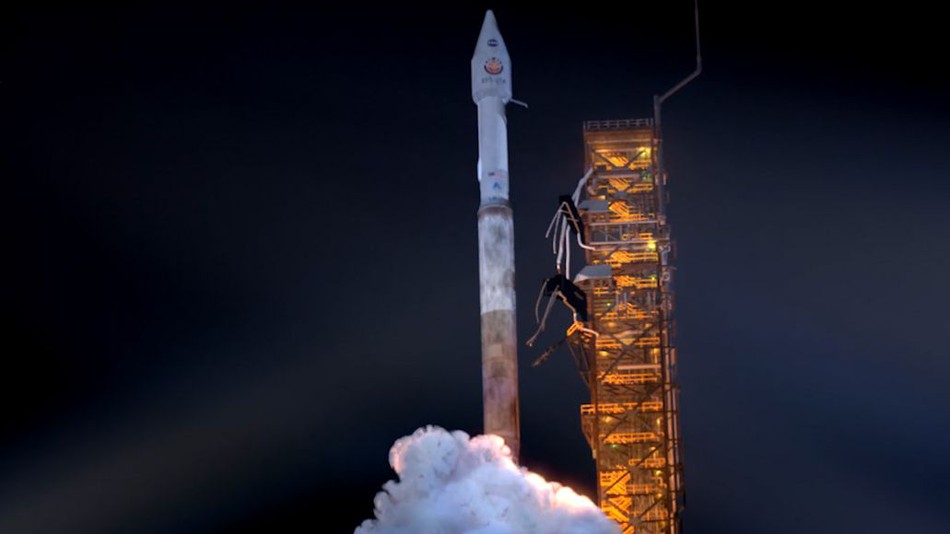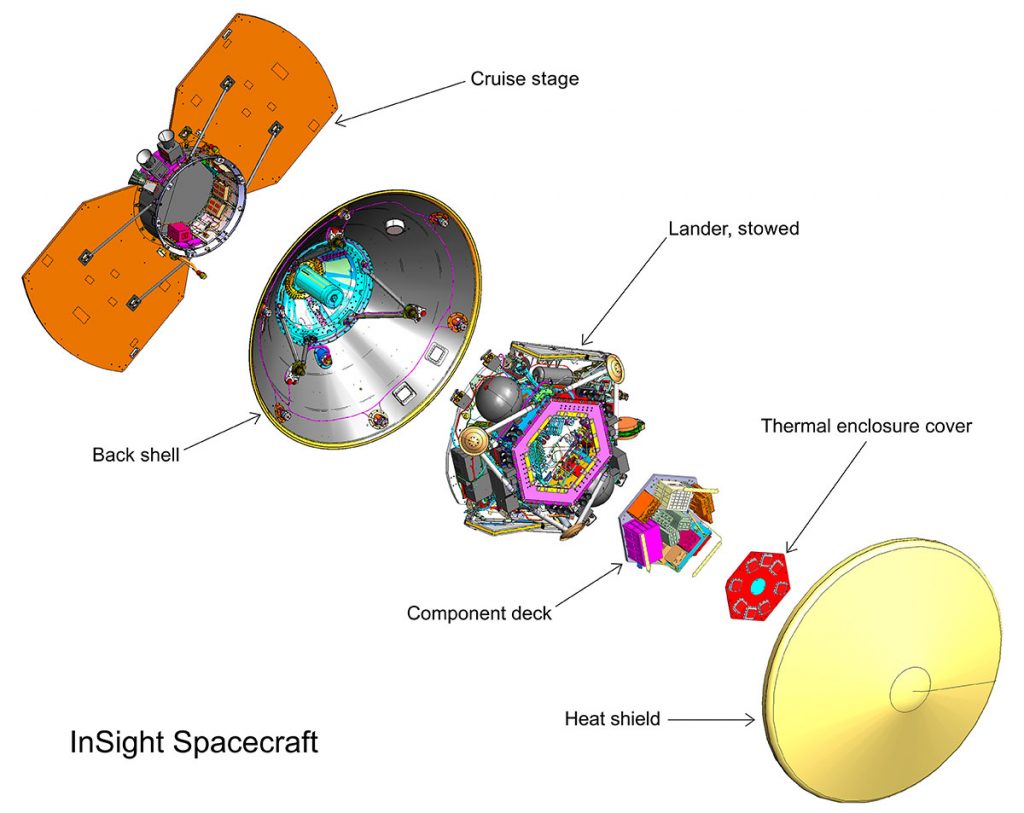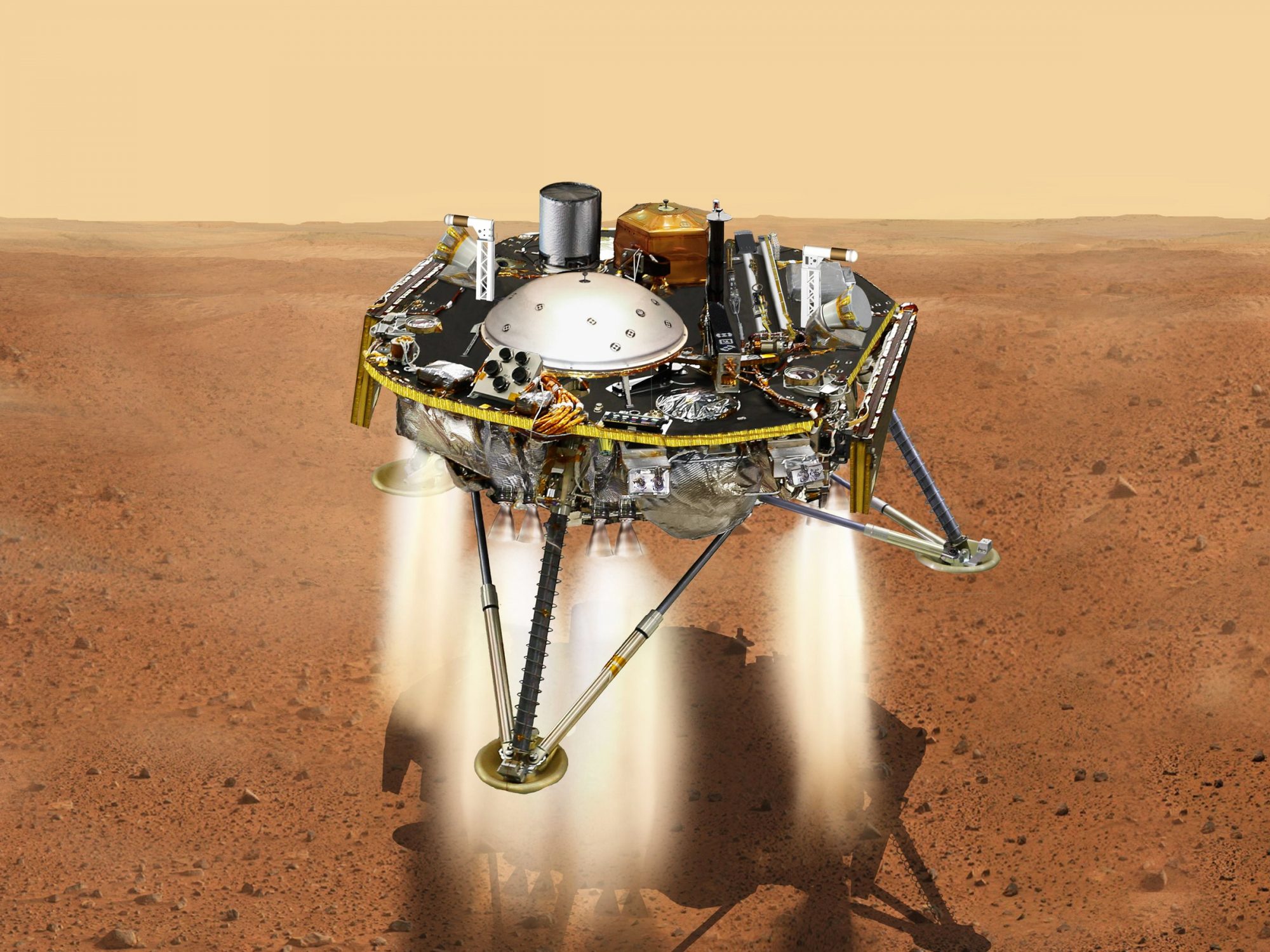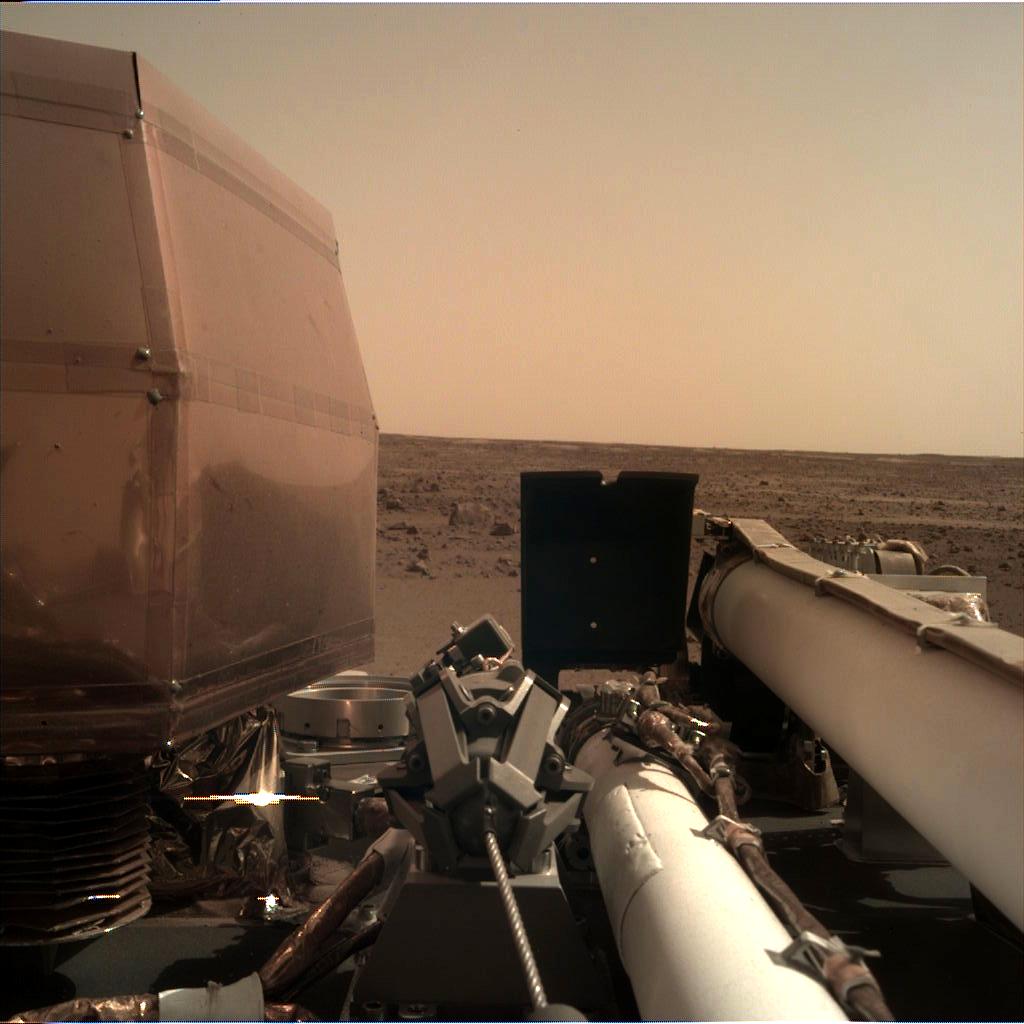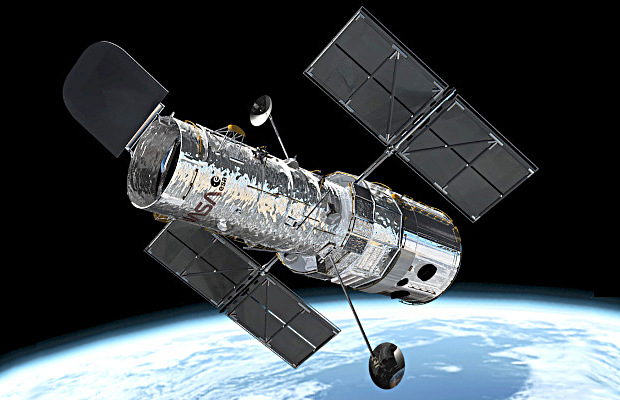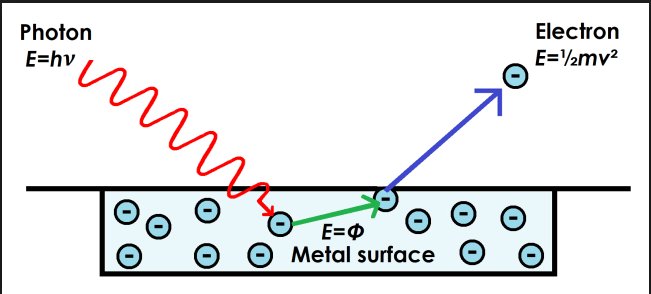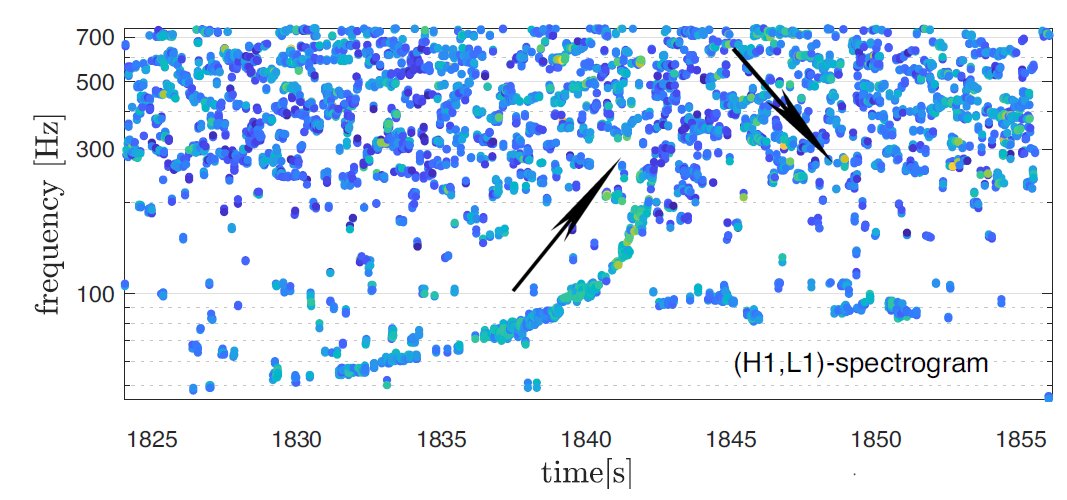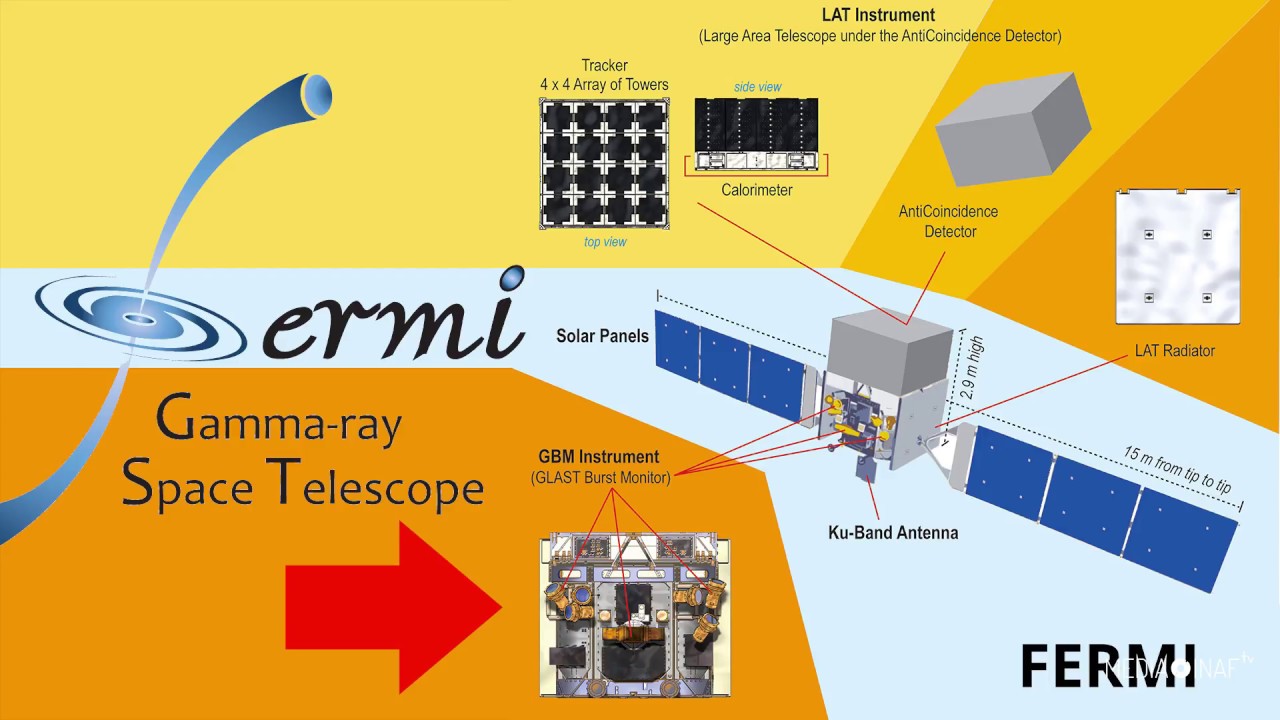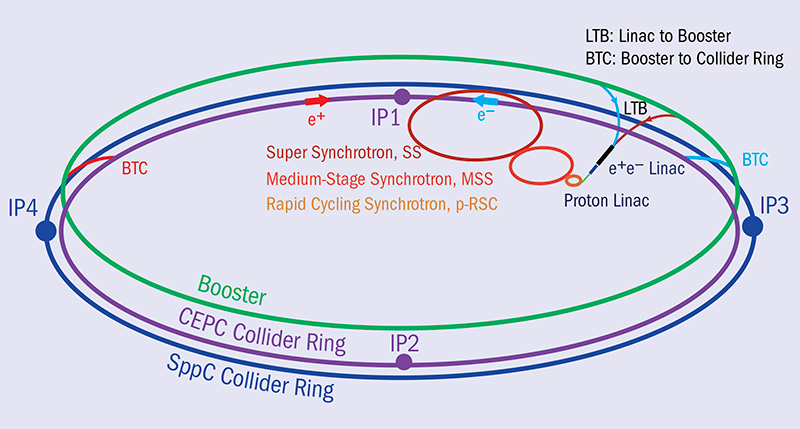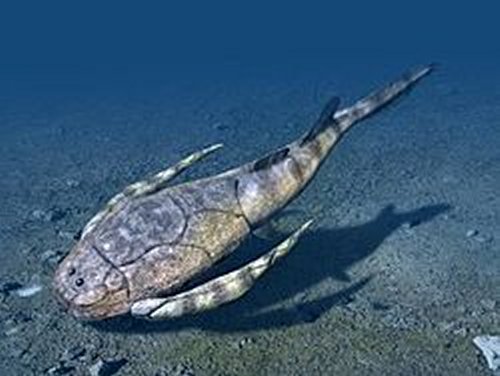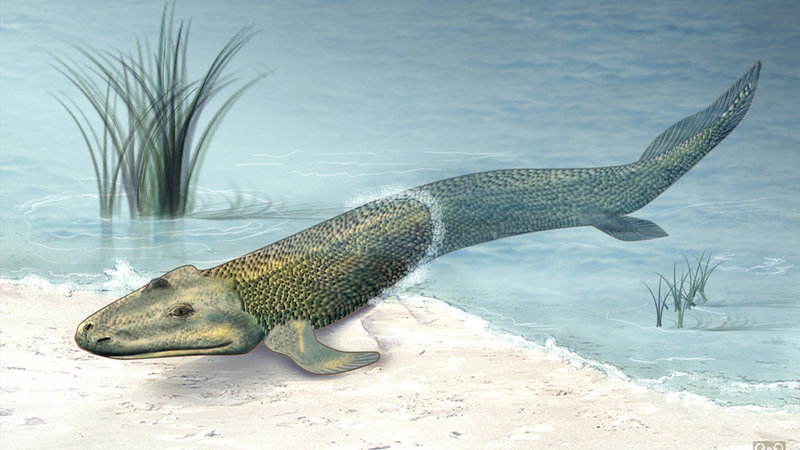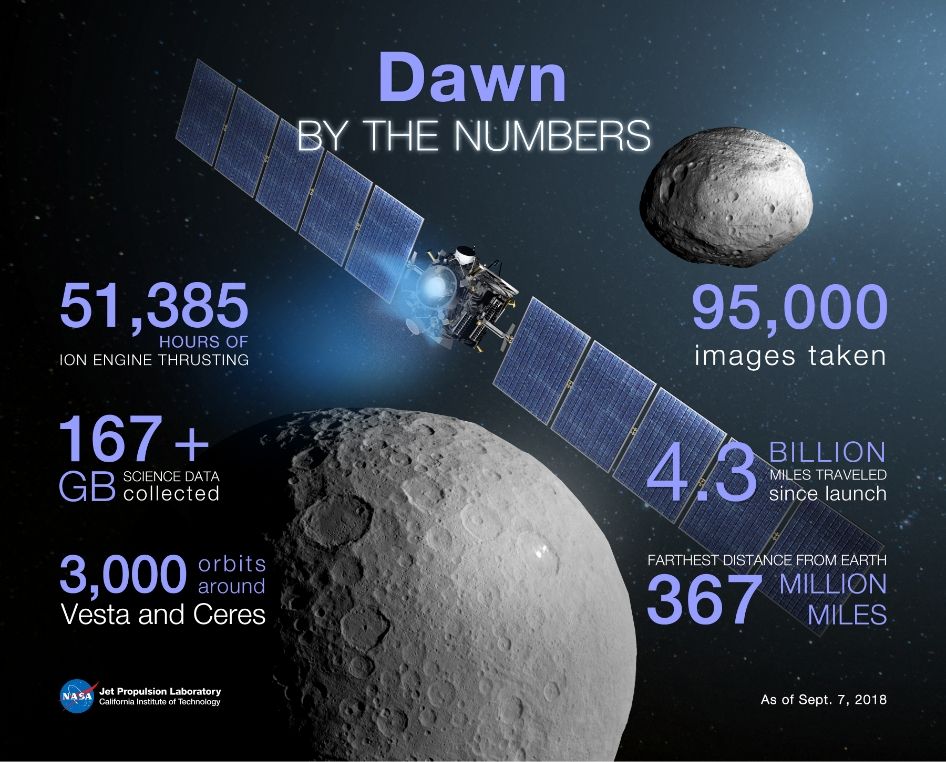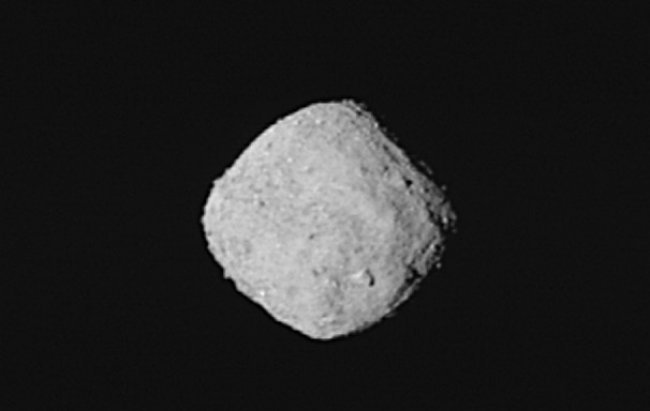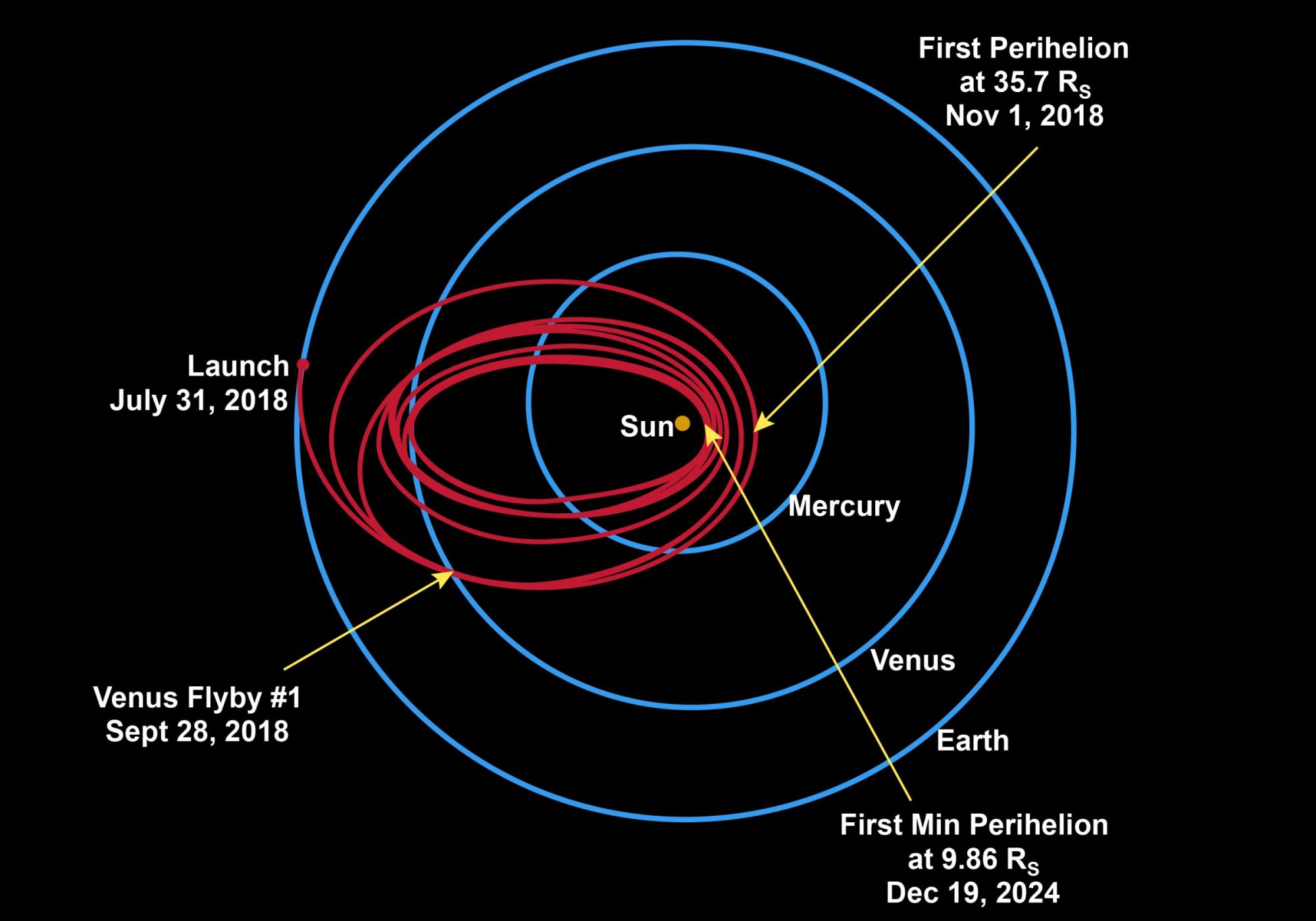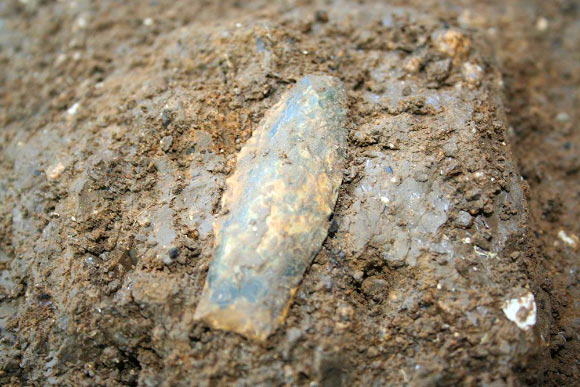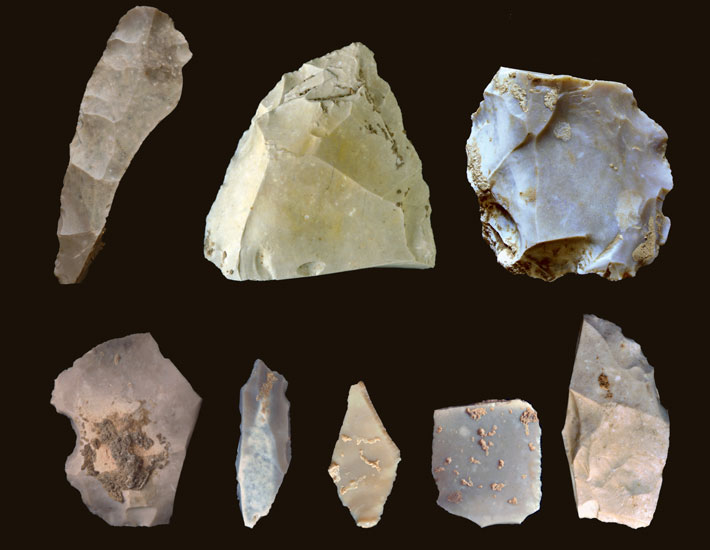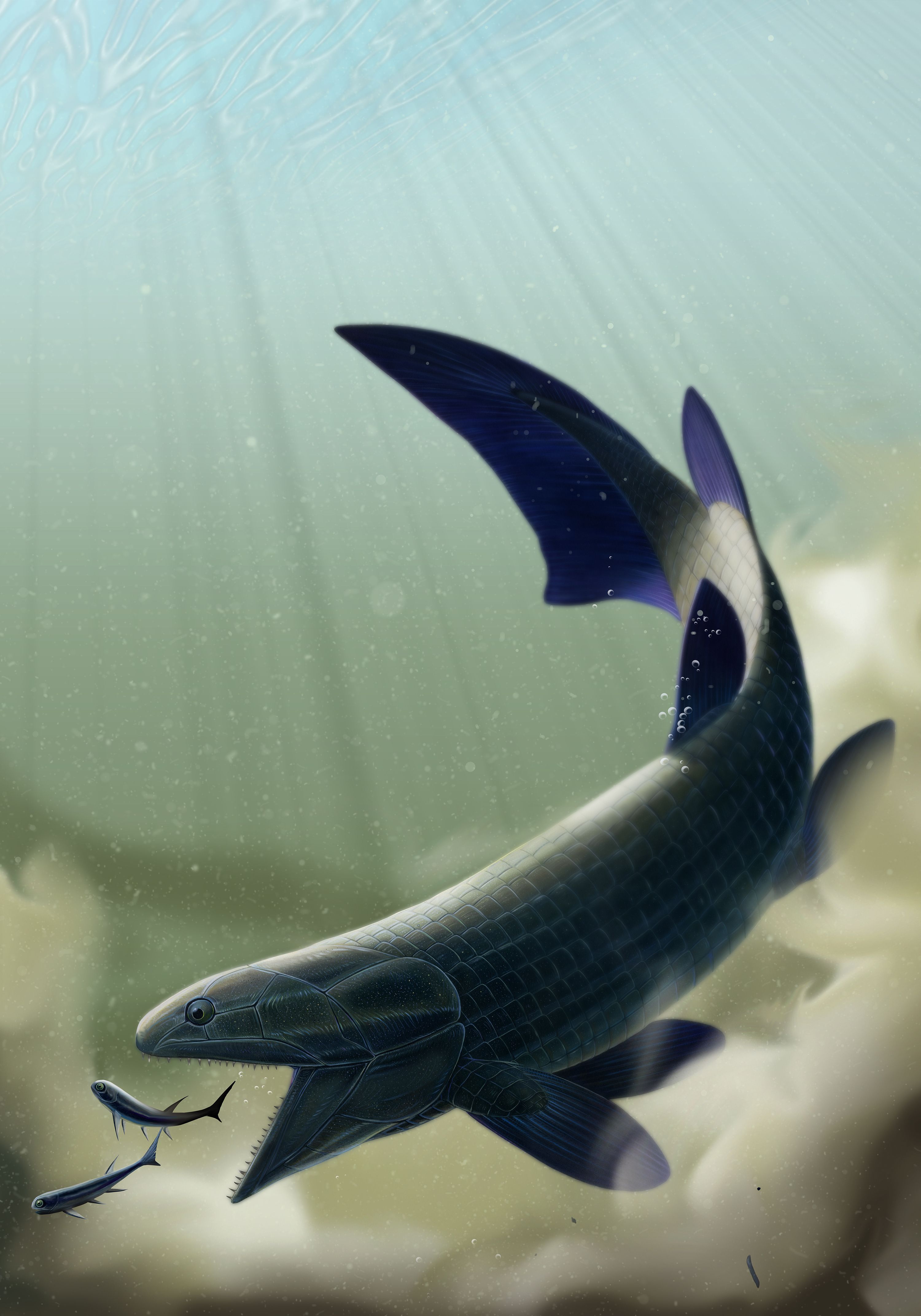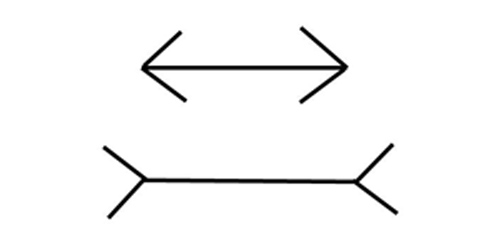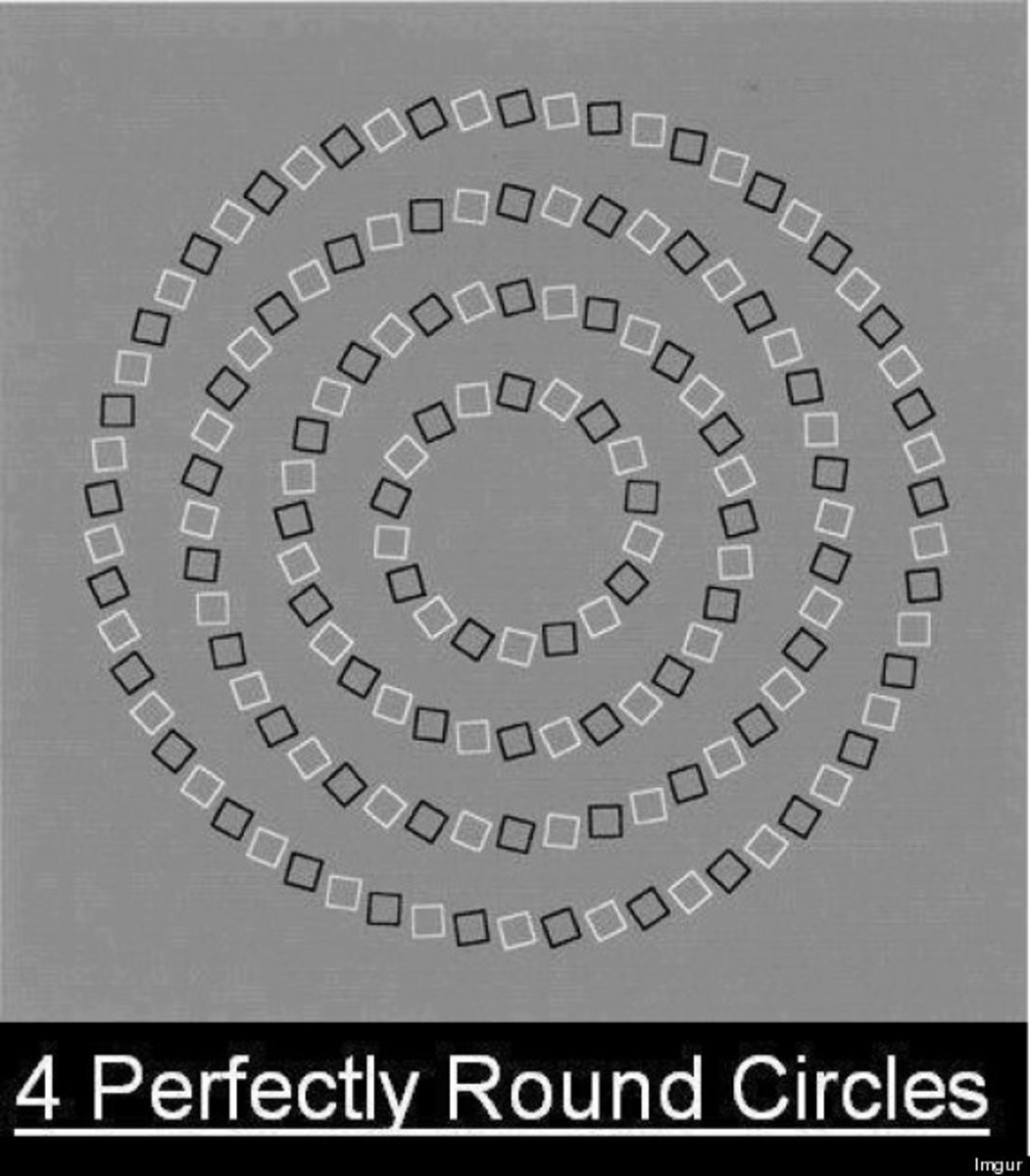On November 26th a major and disturbing announcement was made by a Chinese scientist just two days before the start on an international meeting on Genome Editing was to begin in Hong Kong. In a series of five YouTube Videos Doctor He Jiankui of the Southern University of Science and Technology in Shenzhen China claimed that he had used the gene editing technique known as CRISPR to alter the DNA of two human embryos which had since been born as “healthy” twin girls. According to Dr. He, “Two beautiful Chinese girls, Lulu and Nana, came crying into the world as healthy as any other babies a few weeks ago.”

The response from the scientific community was an instantaneous and universal condemnation of Dr. He’s actions. Just two days after making this stunning announcement Dr. He spoke at the International Summit on Human Genome Editing and defended his actions but the crisis among scientists in the field of genetic research has only begun and could last for years.

So what exactly did Dr. He do and why do so many scientists consider it to be such a violation of ethical conduct?
Well first of all, Dr. He experimented on human beings in secret, without even the knowledge of his own university and against the ethical regulations of his own country. (The Chinese government has joined in the condemnation by the way.) Second, Dr. He experimented using a gene editing technique called CRISPR that is relatively new and still being studied, in other words we still don’t know either how reliable CRISPR is or what possible side effects it may cause. Third, rather than publish his work in a peer reviewed journal so that other experts could study them and comment, or criticize, he announced his “success” in a video intended to draw in other customers for his gene editing business. (Yes! Dr. He appears to actually plan on doing this as a business!) Oh, and just to add insult to injury Dr. He’s video was released only a day after researchers at Southern University of Science and Technology, including Dr. He, had published their own recommended ethical guidelines for genetic experimentation. Guidelines that Dr. He had violated before he ever signed his name to them.

Scientifically what Dr. He did was to take a fertilized human egg cell and use the gene editing technique CRISPR to remove a section of the DNA of the fertilized egg. (SEE my posts of 5Aug2017 and 1Sept18 for more information on CRIPSR) The section of DNA Dr. He chose to remove was a gene known as CCR5. Now scientists know that CCR5 is a gene that codes for a particular protein that the HIV virus uses to enter human cells. In other words Dr. He hopes to make Lulu and Nana immune to the Aids virus by removing CCR5 but there could be two big potential problems with his plan. First, CRIPSR is sometimes known to remove more DNA than is intended so it is very possible that Lulu and Nana have also lost a very important part of their genetic makeup. Also, while CCR5 may be the weak link that HIV uses to attack us, we don’t currently know what benefits we may get from it! Either way there is a completely unknown risk that the experiment may have caused real harm to the girl’s by changing their DNA.

That makes Dr. He’s claim of “healthy” twin girls dubious at best. What if five years from now the girls develop childhood leukemia, or diabetes or any of a thousand other genetic disorders? Even if Dr. He’s experiment didn’t cause the disease, how would we know that and would people believe it? Could governments react to the horror of two sick little girls by eliminating funding for gene editing research if not banning it entirely?
CRISPR holds great promise for exactly the sort of outcome Dr. He is hoping for but the risk of something going wrong at our present level of knowledge simply outweighs the possible gains. Gene editing experiments like those that employ CRISPR need to be carried out a million times with fruit flies and guppies before being tried on humans.

Doctor He was allowed to defend his experiment at the Genome Editing Summit but his audience was in no mood to be forgiving. A closing statement signed by all of the organizers of the summit called Dr. He’s actions ‘unexpected and deeply disturbing’ due to ‘inadequate medical indication, a poorly designed study protocol, a failure to meet ethical standards for protecting the welfare of research subjects, and a lack of transparency in the development, review and conduct of the clinical procedures.’ Tough talk for a scientific announcement.

So it remains to be seen whether Dr. He’s experiment will make him famous, or infamous. The Chinese government has ordered Dr. He and his team to stop all further experiments but the gene-editing genie is out of the bottle. Only time will tell if the birth of the World’s first designer babies pushes the science of gene editing forward, or causes it to crash into a solid wall!

